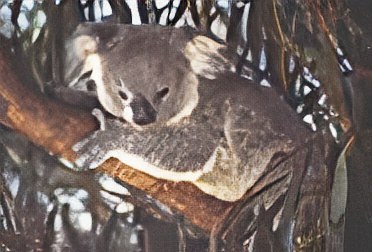Visualizing a Target through Blackboard
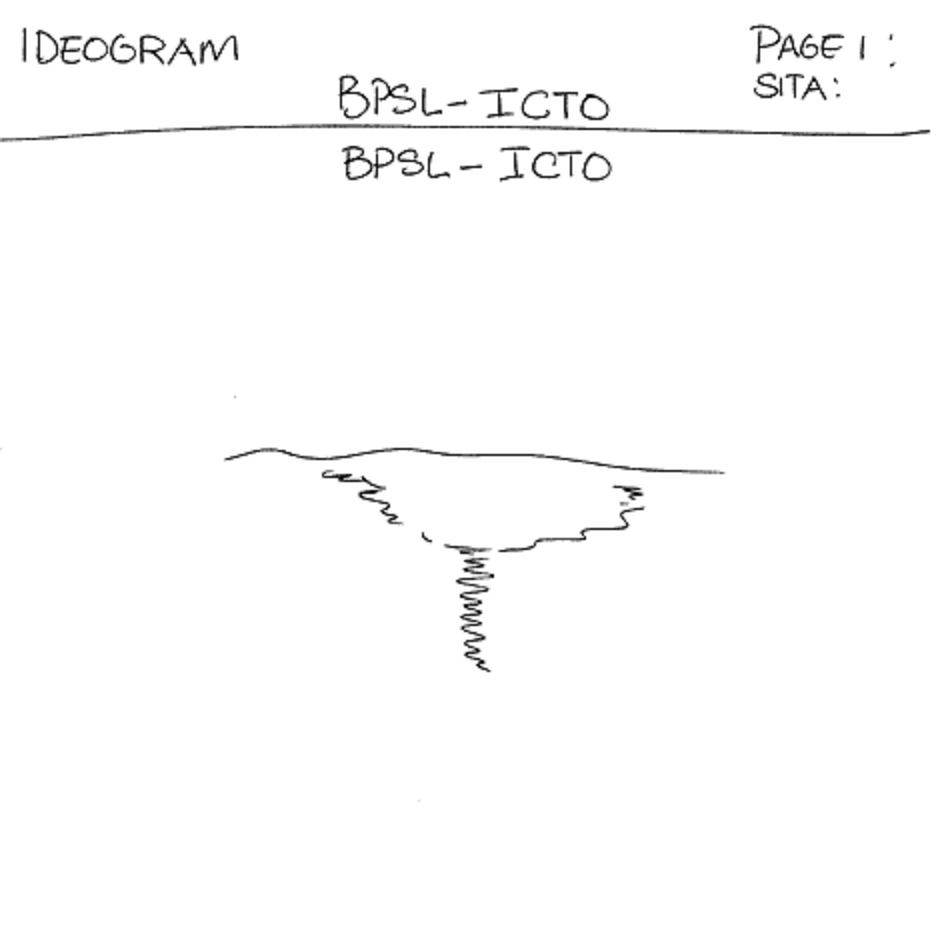
Remote viewers, monitors, and analysts are blind to the characteristics of targets. When working a session, viewers produce pages of drawings, sensations, and word information representing fleeting perceptions associated with a target. Individual viewers may perceive different perspectives, attributes, and important aspects of targets.
Sessions are influenced by such things as the viewer’s current level of contact and their view direction. Session information is filtered or amplified by a viewer’s interests and skills.
Typically, three or more viewers provide a sizable pool of varied session data for operational targets. Remote viewing analysis is the process of identifying and tallying the information snippets that viewers produce. Overlapping imagery, settings, actions, and sensations among viewers indicate aspects of a target that are likely to be accurate.
Analysis of these overlaps provides a reductive information skeleton. Individual viewers’ unique session information can add flesh to the skeleton. The HRVG viewing method emphasizes high-bandwidth visual data collection and visual ideograms during the viewer’s initial target contact. Analysts, particularly when familiar with the previous work of viewers, sometimes see a collective snapshot of the target in the initial visual ideogram, pages of the sessions.
Visual Ideograms
The initial foray towards a target by Guild members is execution of a VISID protocol. A VISID is a visual ideogram (Pictogram) produced after a visual targeting exercise named BLACKBOARD. Production of the Visual Ideogram will fall into three (3) categories:
- Graphic representation of target imagery.
- Warcollier style ideogram.
- Contamination.
Ideally a graphic representation of target imagery is most desirable, but at least half the time a Warcollier effect will manifest. This manifestation will occur in two (2) styles:
- A Fixed Code Image.
- A Disjoint Pictogram.
The Fixed Code image is a prism effect of partial imagery originating from one side of the brain and it’s sympathetic reflection for a complete stereo bandwidth focus as it is interpreted by the primary awareness. To verify the fixed code image usually one can put a card over half of the ideogram and the half that is covered will be a mirror reflection of the exposed half.
The disjoint pictogram will be true Warcollier style containing target aspects out of sync as a complete graphic representation.
During the course of repetitive practice all ideogram styles will manifest in the viewer’s work. Immediate acceptance and recording of the imagery is imperative. No viewers in initial training are told about imagery styles. The images are produced, then after 10 or 15 targets the viewers are back-briefed and information about type and style is revealed.
The following are in-class examples of VISID production:
Comet Hale Bopp

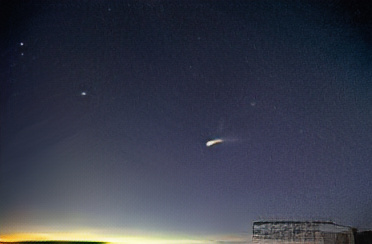
Standing Stones


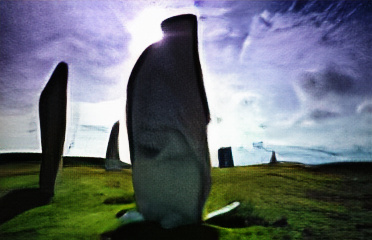
Hindenburg

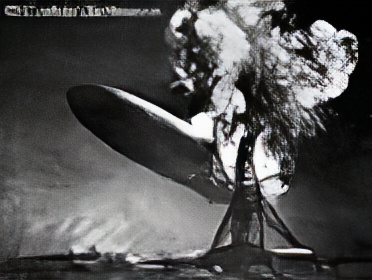
Flow


Warcollier Type 1


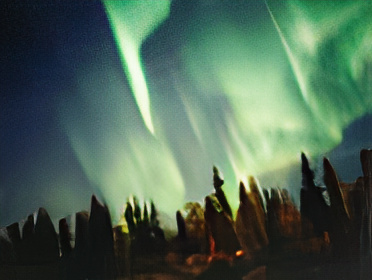
Warcollier Type 2


